![]()
January 2012
This study updates and supplements the ITIC’s June 2011 study of the Muslim Brotherhood. It examines the Muslim Brotherhood in Egypt and other Arab countries in the wake of the past year’s regional uprisings. It deals with the nature of the movement in each country, its relations with the various regimes and evaluates its chances of exploiting regional unrest to its own ends. It also examines the Muslim Brotherhood’s branches in Western European countries and the implications of its activity for both internal European affairs and the Palestinian-Israeli conflict.
The Movement for Unity and Reform (MUR),[58] affiliated with the Muslim Brotherhood in Morocco, was founded in 1996. It was joined by various Islamic movements founded from the 1970s on. The parliamentary wing of the movement is called the Justice and Development Party (PJD).[59] It is a moderate Islamic movement involved mostly in education and social work (the da’wah). It espouses democracy and pluralism, and is politically integrated into the institutions of the royalist regime.[60]
Moroccan parliamentary elections were held on November 25, about five months after the constitution was amended to give more power to the government and the parliament, and passed by a majority of votes in a referendum. The PJD won the most parliament seats (107 of 395), considerably more than other parties (the old Al-Istiqlal party, which had led Morocco to independence, came in a distant second with 60 seats).
On November 29, 2011, King Muhammed VI appointed PJD Secretary General Abdullah bin Kiran as prime minister. Interviewed by Al-Hayat on November 23, 2011, he said that his party did not expect to share power with the king. According to bin Kiran, the King of Morocco was the head of state and of the constitution, making him responsible for the army and the religion.
There is also a Muslim Brotherhood-affiliated radical Islamist group called Justice and Charity Group, more Sufi in character.[61] It was established in 1987 and went through many incarnations under different names. The group rejects the king’s authority, strives to establish an Islamic republic and boycotts the party system, subjected to the king. The royalist regime does not recognize the group.
The group is headed by Abdul Salam Yassine, who has spent many years in prison. In 1982 he was arrested on charges of incitement against the king, and was put under house arrest until 2000.[62] The group is currently outlawed in Morocco and many of its members have been arrested. After the recent regional uprisings, the group demanded that the Moroccan regime implement reform as well. Its activists demonstrated against the regime and were arrested for supporting the protest demonstrations.[63]
![]()
Read the other sections here:
1. The Muslim Brotherhood in the Arab World and Islamic Communities in Western Europe: an overview
2. The Muslim Brotherhood in Egypt
3. The Muslim Brotherhood in Syria
4. The Muslim Brotherhood in Jordan
5. The Muslim Brotherhood in Algeria
6. The Muslim Brotherhood in Sudan
7. The Muslim Brotherhood in Saudi Arabia
8. The Muslim Brotherhood in The United Arab Emirates
9. The Muslim Brotherhood in Lebanon
10. The Muslim Brotherhood in Morocco
11. The Muslim Brotherhood in Tunisia
12. The Muslim Brotherhood in Europe
![]()
Notes:
[58] Harakat al-Tawhid wal-Islah.
[59] Hizb al-Adala wal-Tanmiy,, in French: Parti de la Justice et du Développement (PJD).
[60] The King of Morocco is both a political and religious leader. He is considered a descendant of Prophet Muhammad, holds the Islamic title of Amir al-Mu’minin, and so far enjoys considerable public support, even after the regional uprisings.
[61] Jama’at al-Adl wal-Ihsan.
[62] Al-Jazeera TV, October 3, 2004.
[63] The Justice and Charity Group website (www.aljamaa.net).



 RSS
RSS

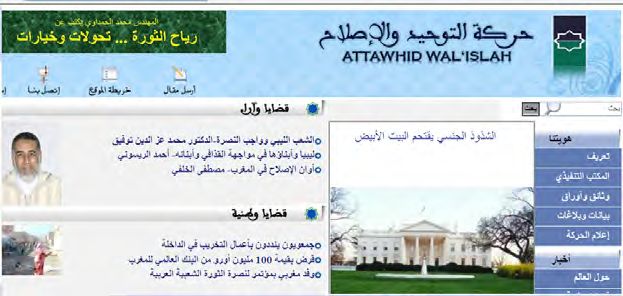
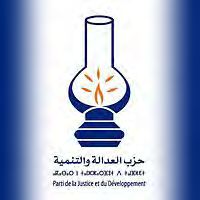
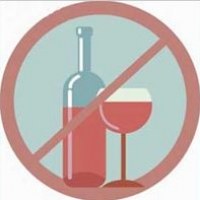
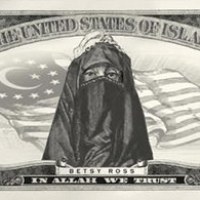
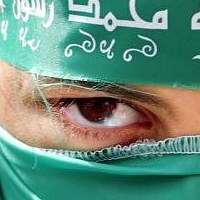
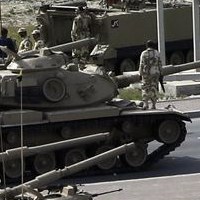





[…] i) Morocco […]
[…] 10. The Muslim Brotherhood in Morocco […]
[…] 10. The Muslim Brotherhood in Morocco […]